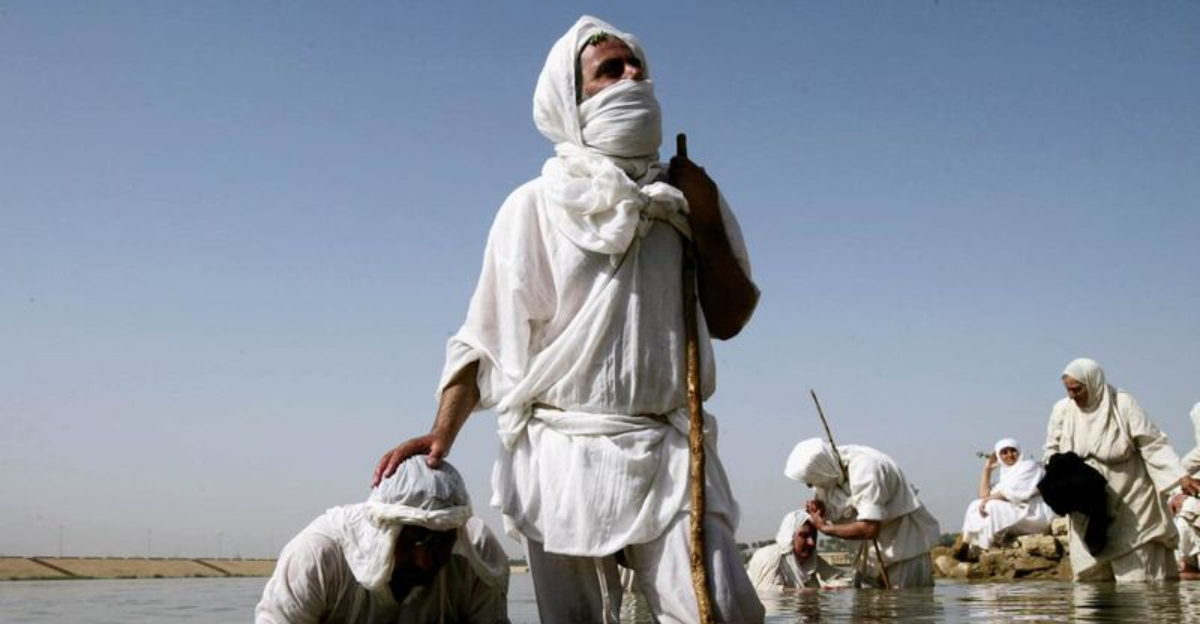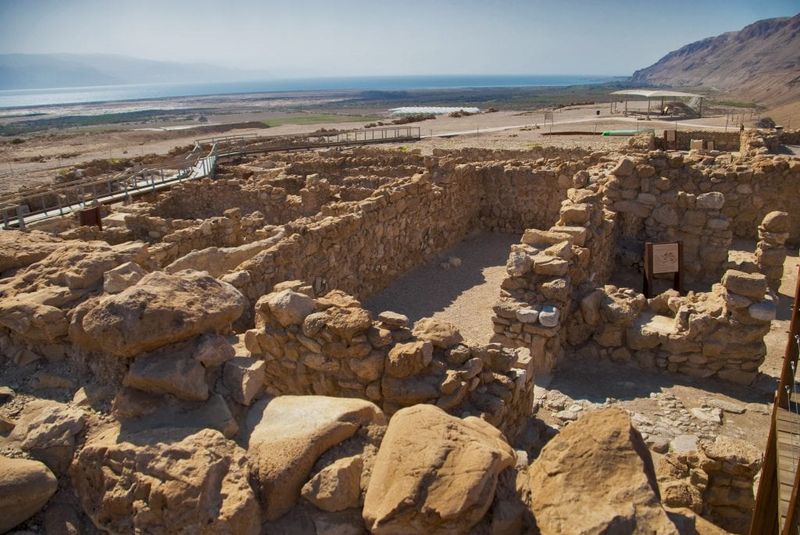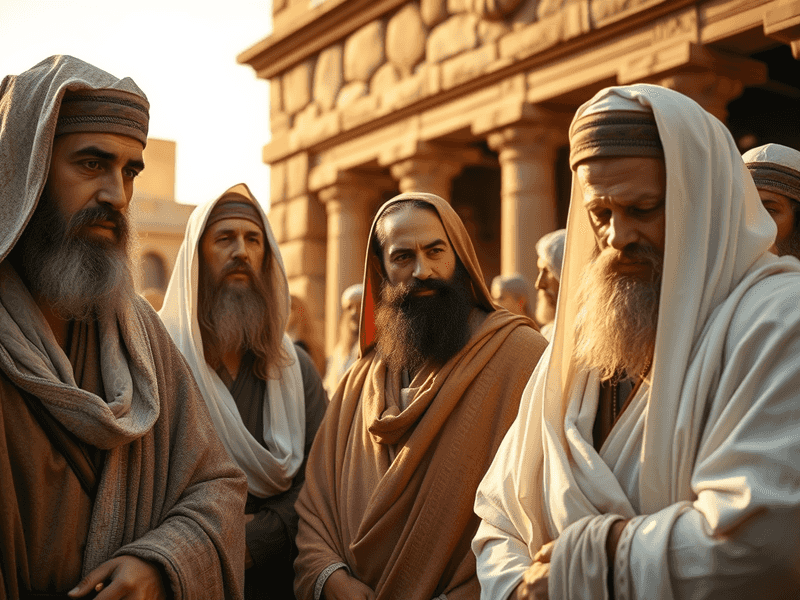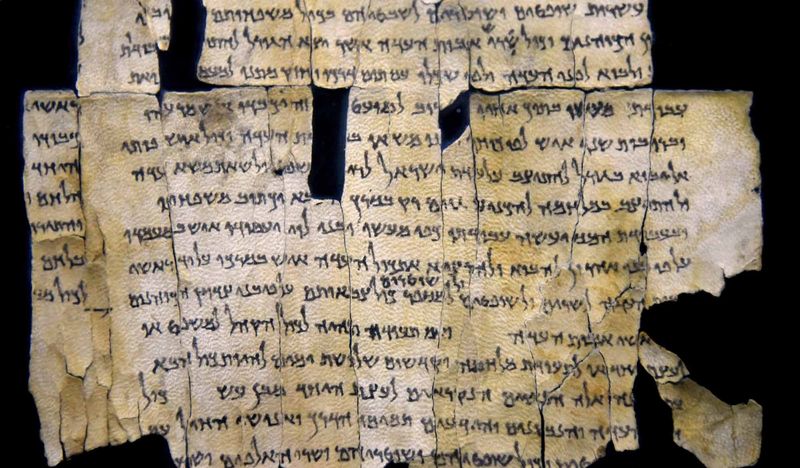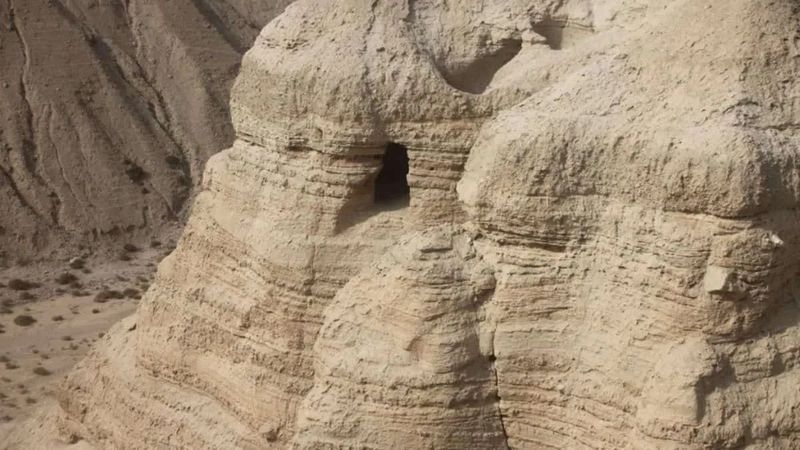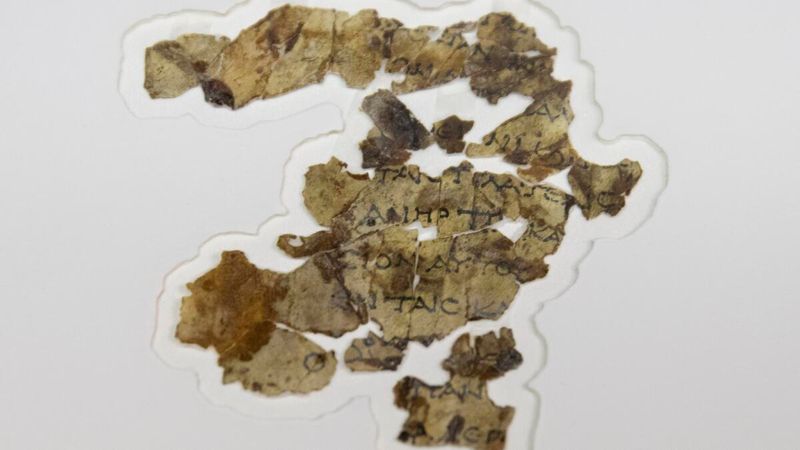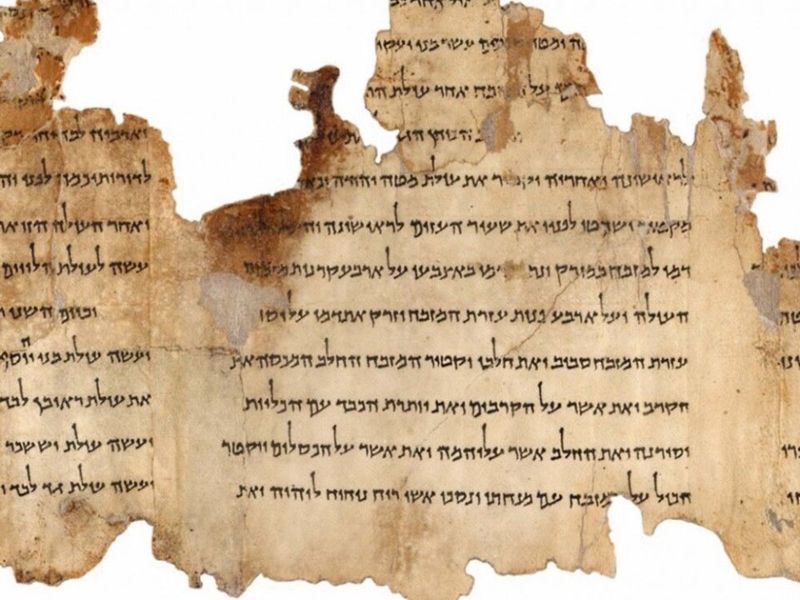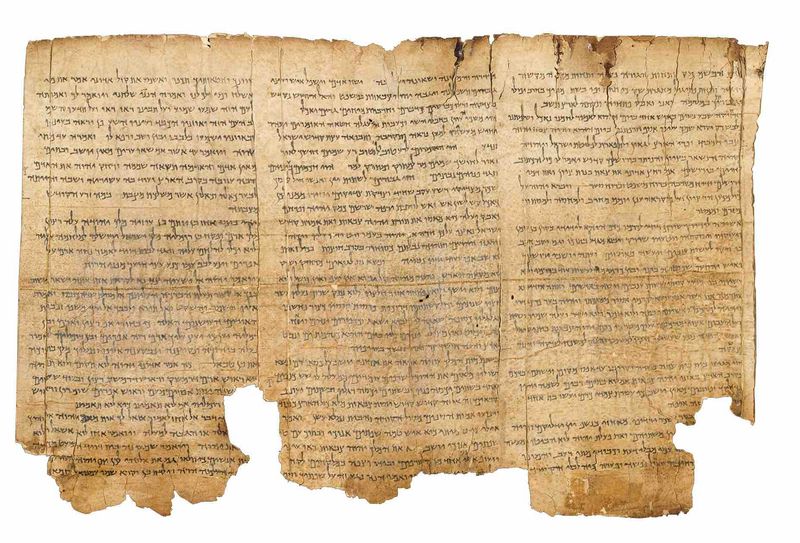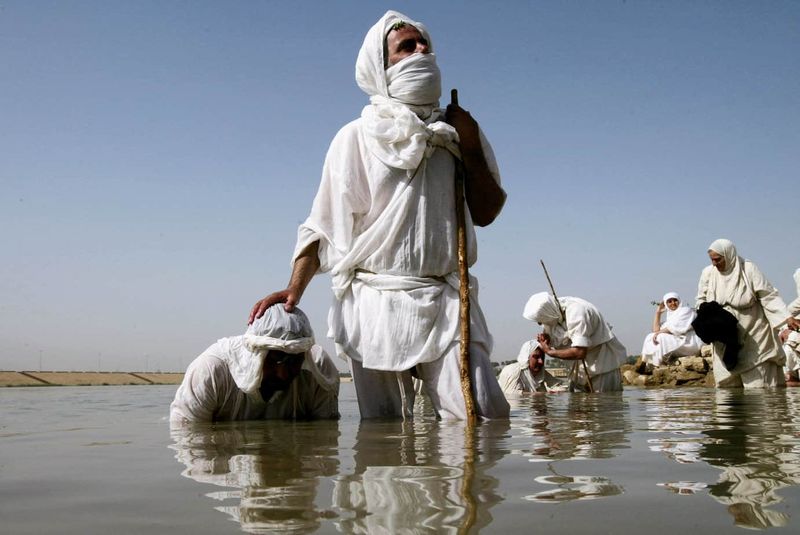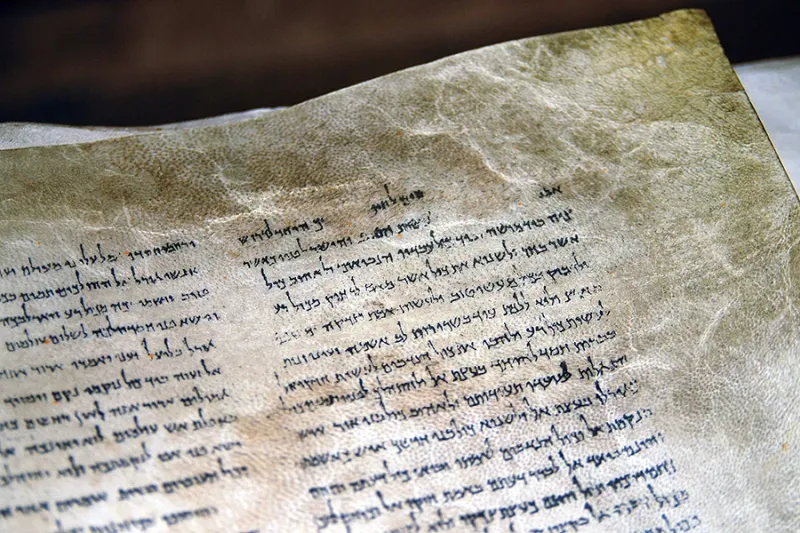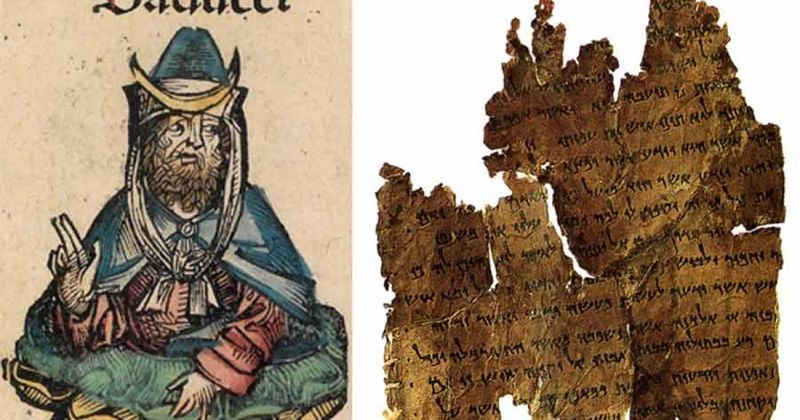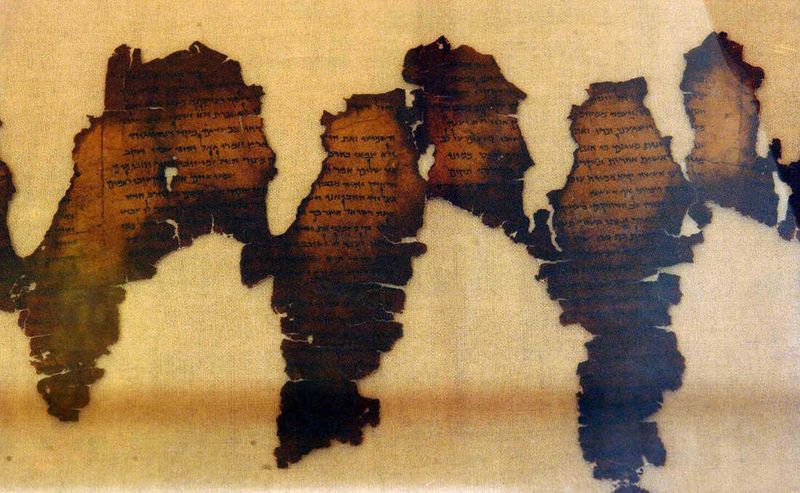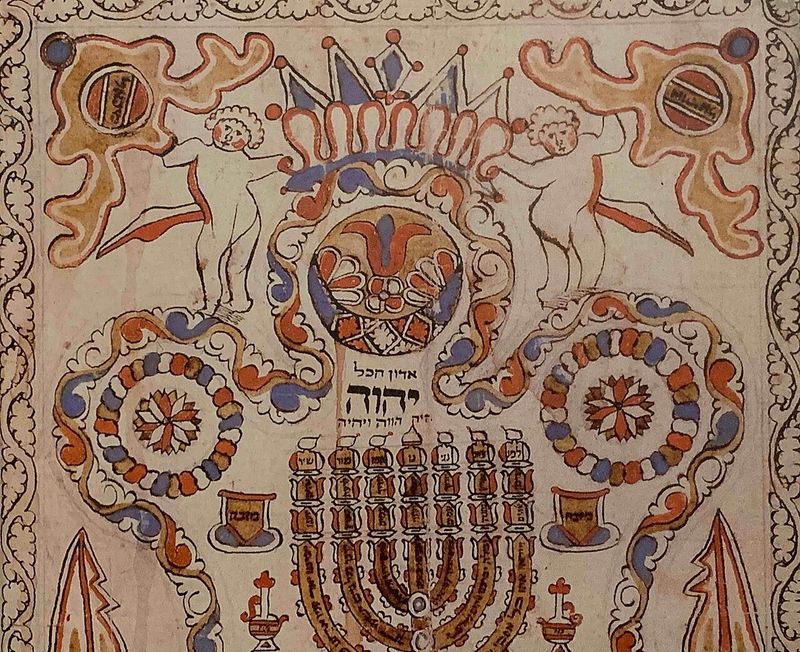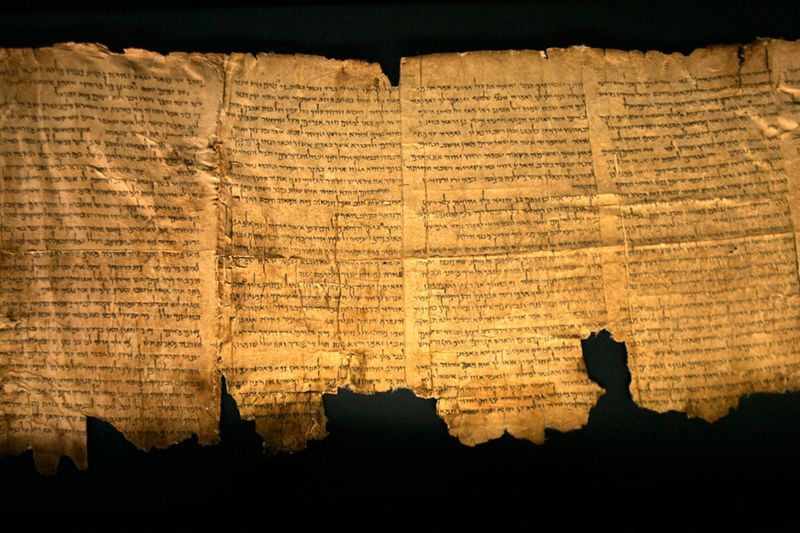Deep in the caves near the Dead Sea, archaeologists discovered ancient scrolls that changed everything we thought we knew about early Judaism and Christianity.
These 2,000-year-old texts sparked countless debates among scholars, but some theories are so wild that mainstream academics prefer to ignore them completely.
From alien interventions to secret female scribes, these controversial ideas challenge everything we’ve been taught about one of history’s most important archaeological finds.
1. The Essenes – Desert Monks with Ancient Secrets
Most scholars believe a mysterious Jewish sect called the Essenes wrote these ancient texts. These religious hermits lived like monks in the desert, following strict rules about cleanliness and prayer. They rejected the fancy Temple worship in Jerusalem and created their own spiritual community.
Ancient writers like Josephus described the Essenes as mystics who could predict the future. They lived simply, shared everything, and believed the world would end soon. The scrolls match perfectly with what we know about their beliefs and lifestyle.
Archaeological evidence at Qumran supports this theory strongly.
2. Rebel Priests Hiding Secret Temple Knowledge
Imagine Temple priests getting kicked out of Jerusalem for disagreeing with their bosses. Some researchers think these banished Zadokite priests fled to the desert with sacred knowledge. They supposedly wrote the scrolls to preserve their version of true Judaism away from corrupt Temple politics.
These weren’t ordinary priests – they claimed to be the only legitimate religious leaders. Getting exiled must have felt like the ultimate betrayal. Their writings show deep anger toward Jerusalem’s religious establishment.
This theory makes the scrolls into ancient protest literature, written by religious rebels fighting for their beliefs.
3. Early Christians Disguising Their True Beliefs
What if the scrolls contain hidden Christian ideas? Some bold researchers notice striking similarities between the scrolls and early Christian teachings. Both mention a persecuted “Teacher of Righteousness” who sounds suspiciously like Jesus.
The community described in the scrolls practiced baptism and shared meals – just like early Christians. They expected a messiah to save them from evil. Could these be the secret writings of the first Judeo-Christian community?
This controversial theory suggests Christianity’s roots go deeper than anyone imagined, hidden in desert caves for centuries.
4. Ancient Sacred Texts Dumped Like Garbage
Picture this: war is coming, and people are frantically hiding their most precious books. Some scholars think the caves became a desperate dumping ground for sacred texts from multiple groups fleeing Roman destruction.
Different handwriting styles and conflicting ideas in the scrolls support this chaotic theory. Maybe there wasn’t one author group at all. Various Jewish communities might have stashed their libraries in the same hiding spots.
This would make the Dead Sea Scrolls less like a coherent library and more like an ancient emergency storage unit for religious refugees.
5. Roman Psychological Warfare Gone Ancient
Here’s a mind-bending possibility: what if the Romans planted these scrolls as psychological warfare? Ancient Rome was famous for using propaganda to divide and conquer their enemies.
Creating fake religious texts that contradicted each other could have been brilliant strategy. Confused and fighting Jewish sects would be easier to control than united ones. Romans were masters of manipulation and had the resources to pull off such an elaborate scheme.
While there’s no solid evidence, this conspiracy theory highlights how the scrolls did create confusion and debate among Jewish groups for centuries.
6. Sadducees’ Lost Religious Writings Finally Found
The Sadducees were wealthy Temple priests who usually get overlooked in scroll theories. But linguistic detectives have found clues suggesting some scrolls might preserve their teachings. These aristocratic religious leaders had very different beliefs from other Jewish groups.
They rejected ideas about angels, resurrection, and life after death. Some legal concepts in the scrolls match what we know about Sadducee practices. If true, this discovery would revolutionize our understanding of Temple-era Judaism.
Finding Sadducee writings would be like discovering a missing piece of an ancient religious puzzle that scholars thought was lost forever.
7. Alien Time Travelers Testing Human Faith
Buckle up for the wildest theory of all: extraterrestrial beings or time travelers planted the scrolls to test humanity’s reaction to religious mysteries. Believers in this idea point to the scrolls’ perfect preservation and mysterious discovery timing.
They argue that advanced beings wanted to see how humans would handle ancient religious puzzles. The scrolls’ impact on Christianity and Judaism certainly created the kind of chaos that alien observers might find fascinating.
While completely lacking evidence, this theory captures people’s imagination and shows how mysterious the scrolls truly are to ordinary folks.
8. Pharisees’ Secret Legal Manuscripts Revealed
Everyone thinks of Pharisees as Jesus’s enemies, but they were actually brilliant legal scholars and teachers. Some researchers believe the scrolls preserve Pharisaic legal traditions and Bible interpretations that later became the foundation of modern Judaism.
The scrolls contain detailed discussions about religious law that sound remarkably similar to later Rabbinic writings. These might be early drafts of what eventually became the Mishnah, Judaism’s most important legal text.
If true, this connection would link the ancient scrolls directly to the living traditions of modern Jewish communities worldwide.
9. John the Baptist’s Desert Followers Left Their Mark
John the Baptist wasn’t alone in the wilderness – he had devoted followers who shared his apocalyptic message. Some scholars argue the scrolls reflect the ideology of John’s movement, with their emphasis on baptism, desert living, and divine judgment.
Both the Qumran texts and John’s preaching center on being “a voice crying out in the wilderness.” The parallels are eerily similar: ritual washing, preparing for God’s kingdom, and rejecting corrupt religious authorities.
This theory would make the scrolls a window into the religious movement that prepared the way for Jesus’s ministry.
10. Female Mystics Secretly Authored Sacred Texts
Ancient religious writing was supposedly a man’s world, but some researchers have found intriguing evidence that women participated in copying or even authoring certain scrolls. This revolutionary idea challenges everything we thought we knew about women’s roles in ancient Jewish sects.
Certain scrolls dealing with purity laws and community regulations show detailed knowledge that suggests female involvement. Women would have had intimate understanding of these topics through daily experience.
If proven true, this theory would rewrite the history of women’s participation in ancient religious scholarship and manuscript production.
11. The Wicked Priest Wrote His Own Propaganda
Plot twist alert: what if the villain wrote the story? The scrolls mention a “Wicked Priest” who persecuted the community’s “Teacher of Righteousness.” But some theories suggest this priest actually authored the scrolls to control the narrative about his conflict.
Ancient leaders often wrote their own version of events to make themselves look better. Creating religious texts that portrayed his enemy as righteous while calling himself wicked would be reverse psychology at its finest.
This mind-bending theory turns the scrolls into ancient propaganda written by the bad guy himself to manipulate public opinion.
12. Ancient Forgeries Designed to Deceive Rivals
Even 2,000 years ago, fake news was a problem. Some scholars suggest the scrolls might be ancient forgeries, created by rival Jewish sects to undermine each other’s credibility and steal followers.
Creating fake religious texts was a known practice in the ancient world. Different groups would write documents claiming divine authority while attacking their competitors’ beliefs. The scrolls’ contradictory messages might reflect this deceptive strategy.
This theory paints the scrolls as ancient misinformation campaigns, showing that religious propaganda and fake documents have been around much longer than we thought.
13. Early Kabbalah Mysticism Hidden in Plain Sight
Mystical phrases and symbolic language in some scrolls suggest they might be early foundations of Jewish mysticism that later evolved into Kabbalah. These esoteric teachings dealt with hidden meanings, cosmic secrets, and spiritual mysteries.
The scrolls contain strange descriptions of heavenly visions, angelic hierarchies, and divine mysteries that sound remarkably similar to later Kabbalistic texts. Ancient mystics might have been exploring the same spiritual territories that fascinated medieval Jewish scholars.
This theory connects the scrolls to a continuous tradition of Jewish mysticism spanning thousands of years, from ancient caves to modern spiritual seekers.
14. Temple Documents Smuggled Out Before Destruction
Picture this: Roman armies are approaching Jerusalem, and Temple priests realize their sacred library is about to be destroyed. Some scrolls might be official Temple documents, hastily smuggled out and hidden in desert caves before the Romans burned everything in 70 CE.
This theory explains why some scrolls contain such detailed religious laws and Temple procedures. Desperate priests would have grabbed the most important documents and fled to the wilderness to preserve them for future generations.
If true, these scrolls would be the last surviving remnants of the Jerusalem Temple’s official archives, saved by brave priests in humanity’s darkest hour.
